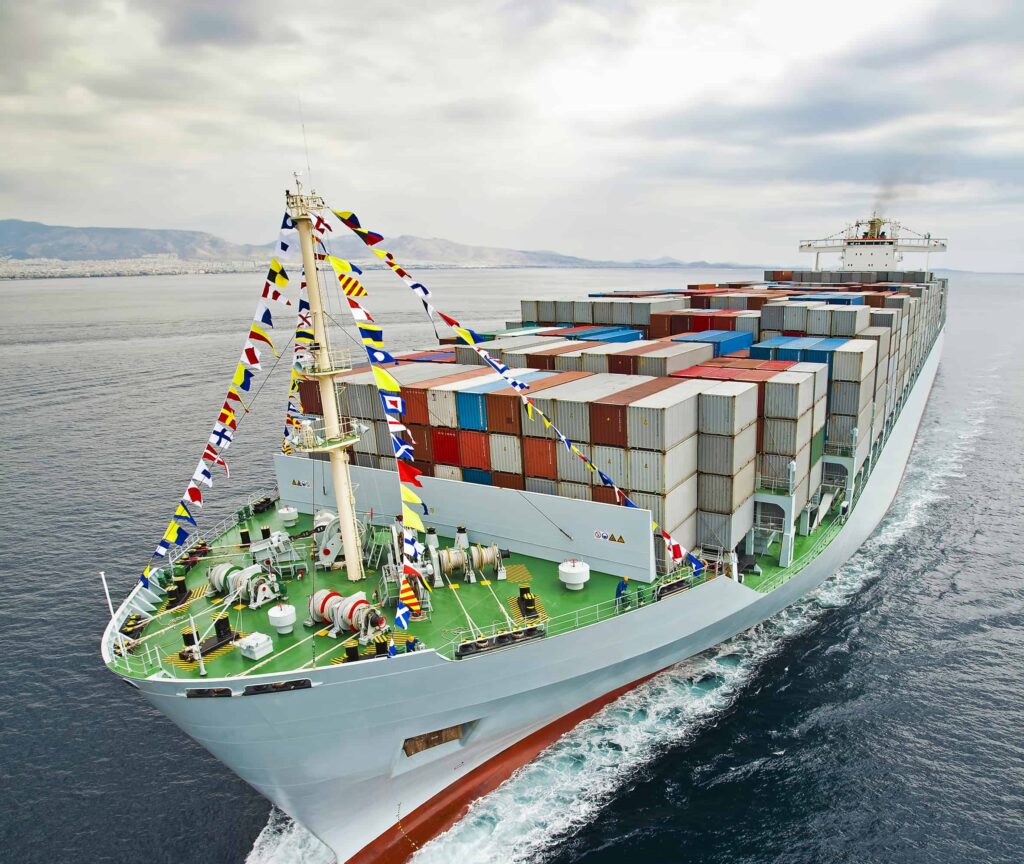Recent attacks by Yemen’s Houthi rebels in the Red Sea and Gulf of Aden are forcing sea cargo carriers to avoid these sea lanes and instead sail around the Cape of Good Hope. But the fallout from Israel’s war in Gaza is causing havoc around the world, not just for shipping companies but for all global trade, leading to port congestion, delays in goods reaching their final destinations and soaring shipping costs. Global shipping cost indices Freightos and Drewry have risen 150% and 180% respectively since December, with Goldman Sachs predicting crude oil could potentially hit $100 a barrel due to the ongoing downturn.
These factors are squeezing profits at many global companies this year, forcing CFOs to redouble their supply chain management efforts.
Why CFO?
“It’s one of those things that happens in one area but ripples through the rest of the business,” says Sean Fitzgerald, senior director of research for the financial executive advisory practice at The Hackett Group. “Physical supply chain instability clearly has operational implications, which have a number of financial implications, including implications for the cost profile in terms of where the company staffs, where you spend money and where you want to save money. You have a set of real dynamics that permeate all the other dimensions.”
So what are companies and their financial leaders doing to cope with the effects of another round of supply chain disruptions?
Pricing and natural hedges
For Ali Sarfaraz, global manager of Qikiqtaaluk Corporation, a Canadian exporter of lobster, shrimp and other fish products, anything that impacts cost structure becomes a priority.
“We sell all our products through a marketing company in Europe, which then distributes them mainly in China and the EU,” he explains. “For us, the costs of catching and processing are fixed within binding agreements, but the variable costs of marketing and distribution have increased by about 10-15%. Given the nature of our industry, there is little we can do about it other than push prices forward.”
To reduce the impact, QC implemented natural hedging. “We pay our fixed costs and any other expenses in our local currency, but we sell our products in US dollars,” says Sarfaraz. “It always gives us a good cushion in case of circumstances beyond our control.”
Other companies are using lessons they learned during the Covid-19 pandemic. Since the economic downturn caused by the pandemic, Estee Lauder has worked to eliminate traditional long distribution routes between the U.S., Europe and Asia, according to Julie Teh, the company’s senior vice president of digital financial transformation.
“We have restructured our manufacturing operations by opening multiple branches in China, India and Japan and moving our products closer to our growing markets,” she says. “This is partly how we protected ourselves from black swan events.”
Sight creep sets in
In these types of organization-wide changes, the CFO comes in handy.
“The CFO has a 360-degree view of the potential financial and strategic impacts across the entire enterprise,” says Courtney Rickert McCaffrey, global analysis leader in the EY Geostrategic Business Group, “and can play an important role in building scenarios around these types of risks and the potential impact on their company.”
The CFO’s job involves internal coordination among various teams.
“We often find that there are pockets of geostrategic activity happening within companies, but different teams are not necessarily collaborating,” McCaffrey says. “CFOs can help ensure that everyone is working together, rowing in the same direction and in the same boat.”
This includes establishing closer connections with supply chain managers, Fitzerald says.
“It’s really important that the CFO and the entire leadership team have a clear understanding of what incentives people need to have to align with these supply chain challenges,” he says. “You need to make sure that different parts of the organization are not working against each other due to misaligned goals regarding inventory optimization.”
CFOs should also be careful about their currency hedging strategies, says Josh Nelson, head of strategy and operations at The Hackett Group.
“You can use treasury as one of the levers to control expenses,” he suggests. “If you have local currency issues related to the procurement of raw materials or even the costs of packaging and transporting those materials, this is just a financial lever to mitigate cost fluctuations.”
CFOs should also consider factoring accounts receivable to smooth out cash flow this year, Nelson adds. “If companies have to hold more inventory to ensure stability or relative stability of supply, or if they have liquidity issues due to increased costs, then CFOs will certainly look at factoring.”
It’s about intelligent cost management
The impact of delivery delays on the bottom line is forcing companies to pay more attention to working capital.

disruptions in the chain, in addition to price increases.
“Companies should monitor days sales outstanding (DSO) while ensuring payment collection,” advises Nelson. “On the other hand, we should see companies try to reduce the number of days payables overdue (DPO) to improve their cash position in the face of rising costs.
Plus, when it comes to inventories, he adds, “they’re like a pendulum this year.” “In the early days of the pandemic, there was no inventory in the system. Then the pendulum swung in the other direction: companies inflated their warehouses. They wanted to make sure they had insurance to hedge supply risks and maintain continuity of supply. But they have lost focus on inventory optimization—that is, putting inventory in the right place to provide the right level of service without inflating the balance sheet.” Inventory optimization should be a key priority for CFOs this year, he advises. “They may not have direct control over it, but they can collaborate with their operations and supply chain colleagues and really reduce inventory, reduce working capital costs and overall operating costs.”
“At the end of the day, it’s all about managing costs wisely,” says Fitzerald. “Understanding this is not just about cutting costs; it’s about focusing on short-term gains without compromising long-term opportunities.”


